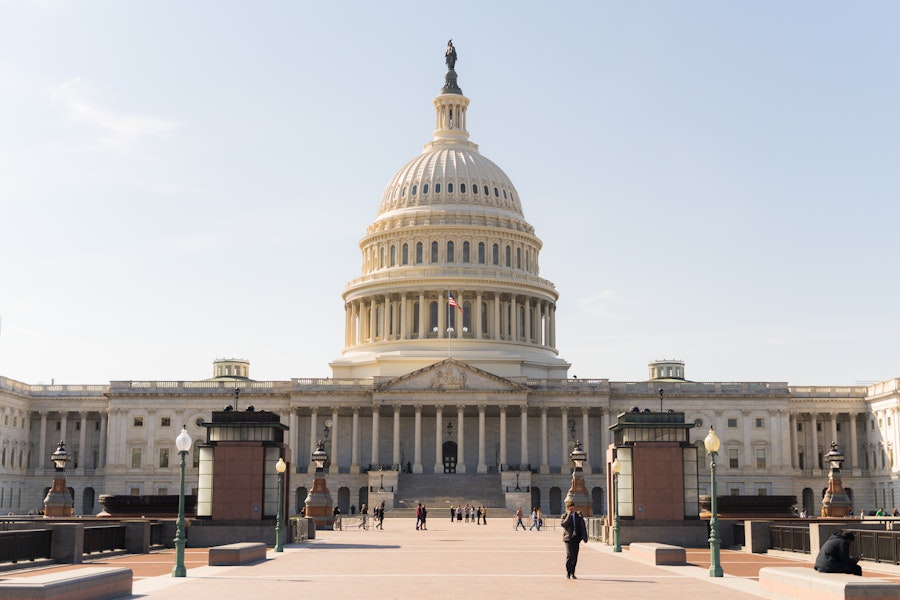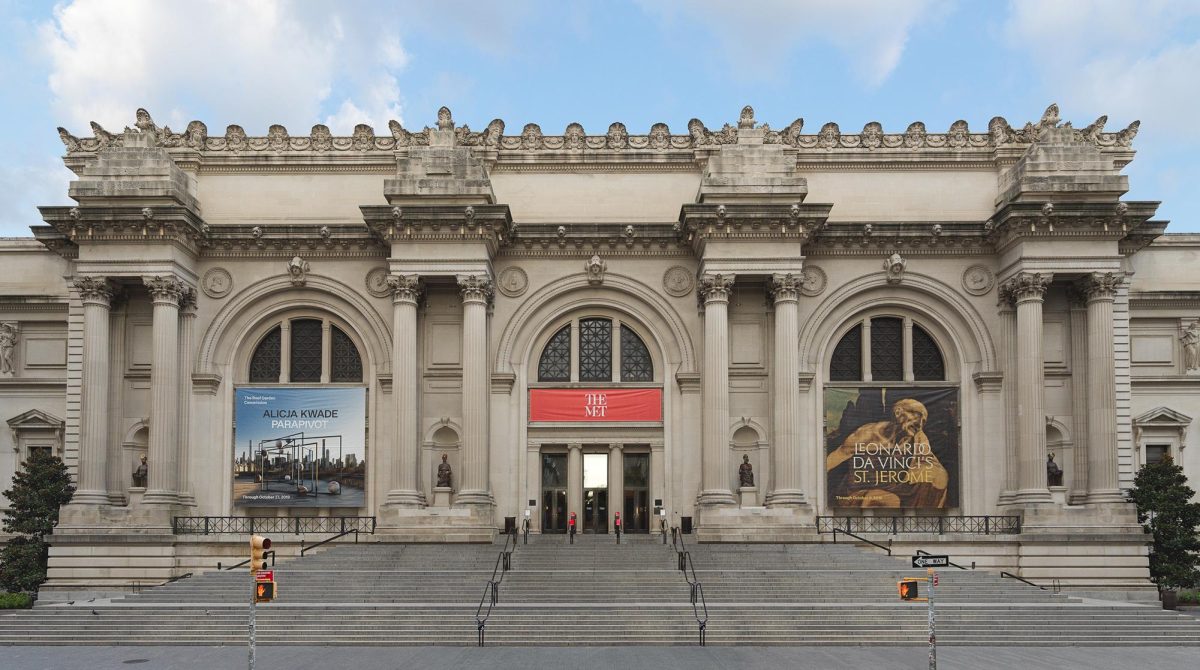
It’s the last block of the school day, and you are ready to get home. You check your phone desperately, watching the time crawl by. Finally, it’s 3 p.m. Excitedly, you pack up your stuff, grab your phone, and leap out of your seat. You start to walk towards the door, each step bringing you closer to the freedom waiting outside. As if you are in a slow motion movie, you speed up in anticipation, each stride carrying you closer to happiness and away from the oppressive classrooms. You’re almost there, but the teacher suddenly stops you. He or she points towards the black and red clock on the wall, which reads only 2:58 p.m. You try to show the teacher your phone, which reads 3 p.m, but he or she shakes their head in denial. Slowly and hopelessly, you drag your feet back to your seat. The universal time displayed on your laptop and phone taunt you as the seconds tick by, while the school clock seems to move backwards.
Sound familiar? The wall clocks at GMHS, which are relied on for the bell schedule, are two minutes slower than the universal time displayed on most phones and computers. This means that the school day technically starts at 8:07 a.m, and ends at 3:02 p.m. Not only are the Mason clocks slow, but the time varies for each clock depending on the classroom. For example, the history wing might only run one minute slow, while the art room can run up to four minutes behind. Additionally, at various times during the day, the clocks randomly glitch out and flash random numbers.
Are the slow clocks a conscious decision made by administration? Surprisingly, the Mason administration does not seem to be in control of the slow clocks.
“It’s so frustrating,” said Mr. Matt Hills, principal of GMHS. “Essentially, the Mason system is very archaic and outdated. We have to manually reset the clocks every morning, but they still somehow end up two minutes slow.
“Sometimes, we’ll reset them at 8 a.m. and they’ll run two minutes slow by noon. The slow clocks are absolutely not a conscious decision made by administration.”
Of course, the slow clocks can be helpful to some students. If a student were running late one morning and ran the risk of getting a tardy, the slow clocks allows them to enter school up to two minutes late. This allows for some flexibility for students who have to walk, bike, or drive to school. On the contrary, the students who ride the bus arrive at school even earlier than necessary because of the slow clocks. Though the clocks offer some advantage for any students running late, many students firmly believe that those two extra minutes at the end of the day drag on unnecessarily.
To an outsider, these slow clocks may seem like a minimal problem in the grand scheme of things, however to Mason students, these clocks are often the only barrier separating school from home. In addition to wasting those two final minutes of the school day, the slow clocks also affect the outside world. If a student has an extracurricular activity faraway immediately after school, who knows what they could miss in the two minutes they’ve lost? If a parent or other adult wants to contact their child about something important, they have to wait for an extra two minutes as well.
To put it simply, the slow clocks that dictate life at Mason are a nuisance to students who want to live their life with every second counting. Life at school can feel depressing already, and these two extra minutes just further that sorry state of mind.
It’s about time we handled the situation.














